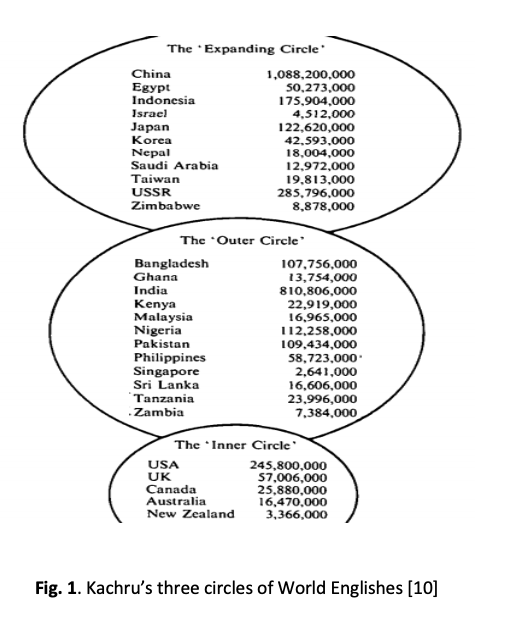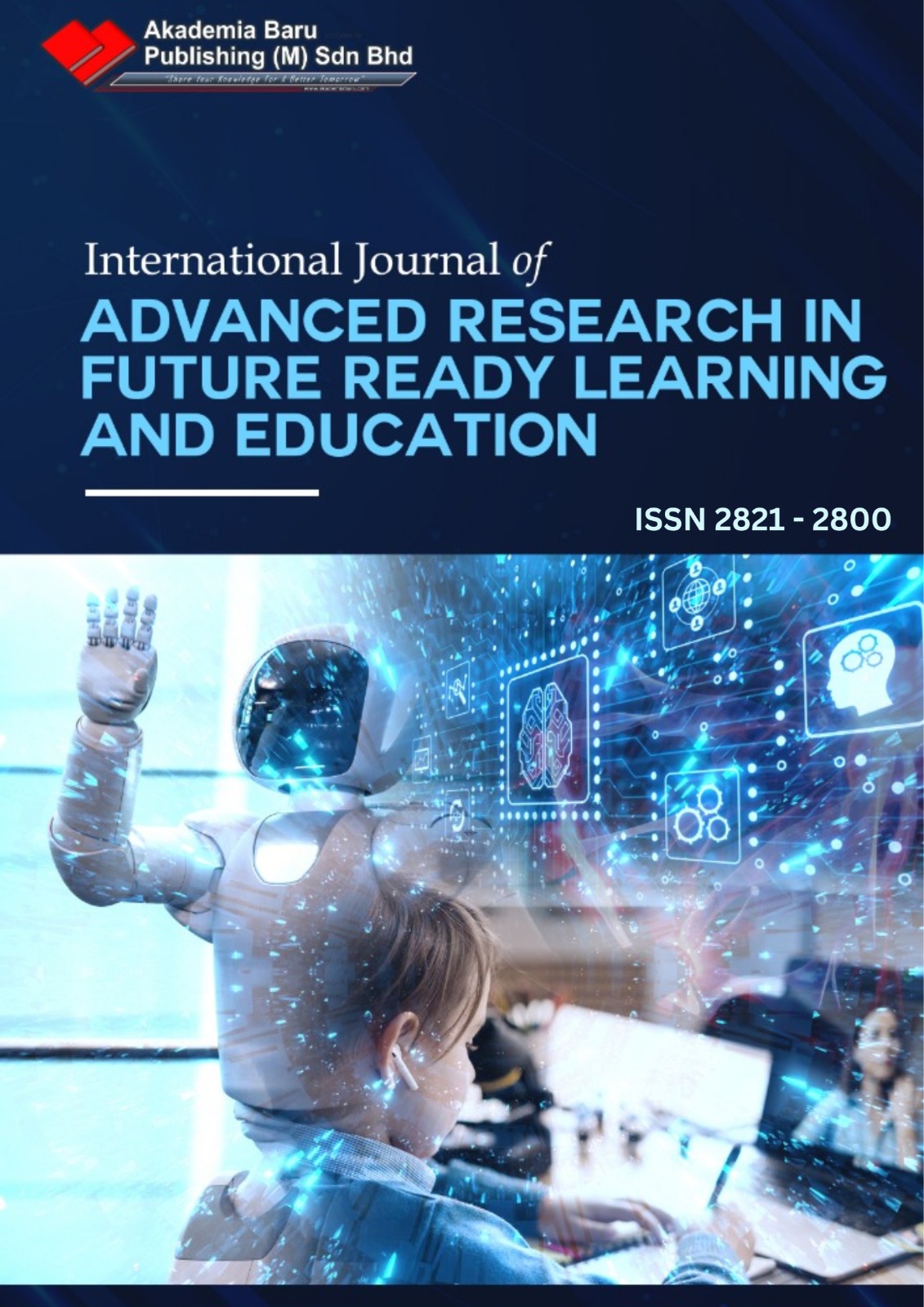Incorporating English as an International Language in Teaching Materials: A Case of an EAP Course in Vietnam
DOI:
https://doi.org/10.37934/frle.36.1.1124Keywords:
English as an International Language, material development, ELTAbstract
The spread of English on a global language has resulted in the emergence of a new paradigm of English language teaching, English as an International Language (EIL), which switches the focus from native models to communicative effectiveness and the equal status of all varieties of English and cultures. In Vietnam, though the goal of communicative effectiveness in English language teaching (ELT) is acknowledged, EIL syllabus material design has been given little attention. This study aims to explore the perceptions of material developers regarding EIL incorporation in teaching materials and the actual extent of EIL integration in teaching materials of an English for academic course. The results show that there exists a mismatch between the material developers’ appreciation of EIL incorporation and their modest practices of incorporating EIL in teaching materials. The research also indicated that while the material developers equally value international target culture, culture(s) of future interlocutor and local culture, the priority in material design was given to culture of native speakers. The opportunities to develop skills to communicate across the differences are also given credits in teaching materials, as perceived and practiced in the material design of the course. The research suggests a pedagogical implication towards further incorporation of EIL in language courses to university students and the role of material developers in resonating material design with actual communicative contexts.














